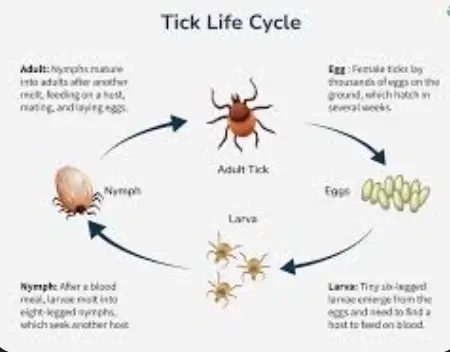Cat ticks are a common parasite that can latch onto your cat, causing more trouble than just an itch. They’re usually found in grassy, wooded areas, making outdoor adventures a bit risky for your feline friend. With their small size and sneaky nature, ticks can easily go unnoticed, embedding themselves into your cat’s skin and feeding on their blood.
Beyond being a nuisance, ticks pose several risks to your cat’s health. These parasites can transmit diseases such as Lyme disease, anaplasmosis, and ehrlichiosis, which aren’t just harmful but could lead to severe health issues if ignored. Apart from diseases, ticks can also cause irritation and discomfort, resulting in excessive scratching and skin inflammation.
Spotting ticks early is key to ensuring your cat’s well-being. Check for signs like unusual grooming or constant licking at a particular spot, as these behaviors might indicate a tick bite. Part the fur to look for small, dark bumps attached to the skin. Regular checks, especially after your cat has been outdoors, can help catch these critters before they become a bigger problem.
Treating Cat Ticks: Steps and Best Practices
Removing ticks safely from your cat is essential to prevent infection or irritation. Start by calming your cat with gentle petting to keep them relaxed during the process. Use a fine-tipped tweezers or a tick removal tool to grasp the tick as close to your cat’s skin as possible. Steadily pull it out without twisting, ensuring you remove the entire head to avoid complications.
After removing the tick, clean the affected area with mild soap and water, or use an antiseptic to prevent any infection. Keep an eye on the bite area for a few days. If you notice any redness, swelling, or pus, reach out to your vet for advice.
It’s crucial to consider your cat’s overall health post-bite. Watch for changes in behavior, appetite, or if they develop a fever, as these could be symptoms of tick-borne diseases. Consulting your vet for a check-up can put your mind at ease and ensure your pet stays healthy.
For effective ongoing protection, consider using vet-recommended topical treatments, collars, or oral medications designed to deter ticks. These options can help create a barrier against future tick infestations, reducing the need for frequent removals.
Preventing a Tick Infestation: Strategies and Tips
Keeping ticks at bay requires a proactive approach, beginning with monitoring your cat’s environment. Regularly check your yard and surroundings, particularly those areas with tall grasses or dense foliage where ticks thrive. Maintaining short grass and tidy garden spaces can deter these pests.
In addition to environmental control, regular grooming plays a vital role in tick prevention. Brushing your cat not only helps in spotting ticks early but also removes loose fur and debris that might attract them. Frequent baths with a vet-approved tick prevention shampoo can add an extra layer of protection.
For more comprehensive prevention, consider using tick-preventative products. Options like spot-on treatments or tick collars are effective in repelling ticks before they get the chance to latch onto your cat. Be sure to follow the instructions and consult with your vet to ensure you’re choosing the right product for your pet’s needs.
Overall Pick
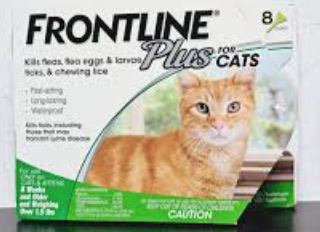
Frontline Plus
$69.00
Topical Monthly Treatment
Best Seller
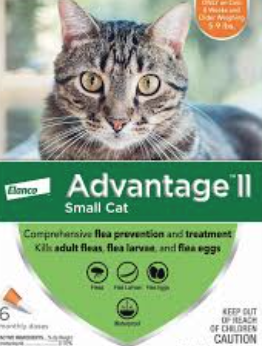
Advantage ll
$68.98
Topical Montly Treatment
Best Value

PetArmor Plus
$62.95
Topical Monthly Treatment
Pay attention to your cat’s habits, especially if they spend time outdoors. Limiting exposure during peak tick season, usually spring and summer, can reduce the risk of encountering these parasites. Keeping your cat indoors during these times or supervising their outdoor activities makes a huge difference in prevention.
Natural Solutions for Removal of Cat Ticks and Prevention
Turning to nature for tick removal and prevention is an appealing option for many cat owners who prefer to avoid chemicals. In terms of removing ticks, natural oils like neem or almond oil can be used as a safe alternative. Apply a few drops directly on the tick, wait for it to loosen its grip, and then remove it gently with tweezers. These oils not only help in removal but also soothe the skin and reduce itching.
Using herbal solutions to prevent ticks can be effective while being gentle on your furry friend. Essential oils such as rosemary, cedar, and peppermint are commonly used in creating DIY repellent sprays. Mix a few drops in water or a vinegar solution, and spray lightly on your cat, avoiding the face and sensitive areas.
Top Selling Item
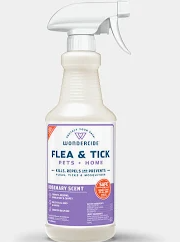
Wondercide
$36.99
Made With Essential Oils
Best Value
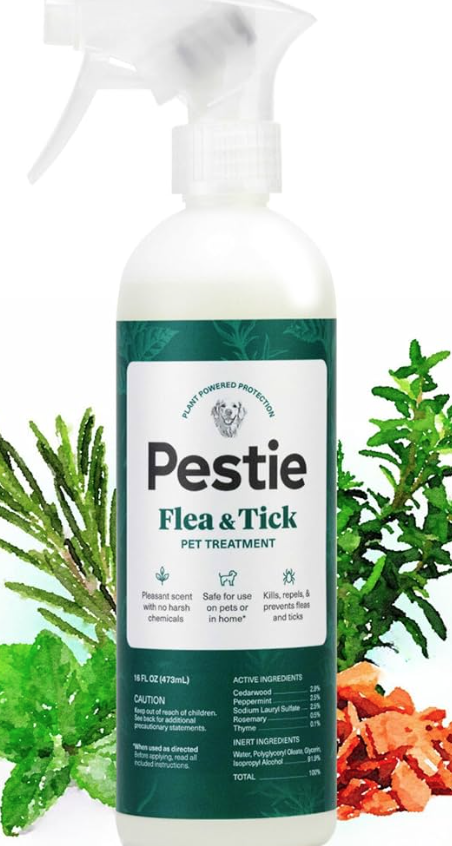
Pestie
$25.99
Plant Powered Spray
Top Rated

Wondercide
$24.99
2 Pack Made With Essential Oils
It’s important to weigh the pros and cons of natural methods versus conventional treatments. While natural options are typically gentler, they may require more frequent application and consistent usage to maintain effectiveness. Plus, some cats may be sensitive to certain oils, so it’s always best to do a patch test first and consult with your vet before introducing any new method.
Balancing these approaches with regular grooming and environmental management enhances the overall strategy against tick infestations. Each cat is unique, so finding a tailored solution that fits your cat’s lifestyle and skin sensitivity is key to keeping them tick-free.
In Conclusion To How To Treat Cat Ticks & Prevent An Infestation
I hope that you were able to find the information you were looking for to treat your feline friend for ticks. If you have any questions or concerns about ticks on your cats, please leave a comment below so that we can help you. If you have had success with any of the above solutions or something different you would like to share, please leave a comment below as well. When we all share our own experiences getting rid of these horrible pests, we are able to help others.
Thank you for visiting Fleas B Gone, have a great day 🙂

